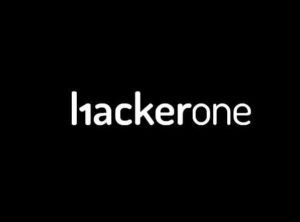CVE Alert: CVE-2025-59287 – Microsoft – Windows Server 2019
CVE-2025-59287
Deserialization of untrusted data in Windows Server Update Service allows an unauthorized attacker to execute code over a network.
AI Summary Analysis
Risk verdict
Critical risk with active exploitation indicators; urgent patching and containment warranted.
Why this matters
The vulnerability enables remote code execution with no authentication and no user interaction, effectively giving an attacker full control of the WSUS server. Compromise of the update management infrastructure can facilitate broad lateral movement to connected devices and critical servers, undermining patching, security controls, and incident response.
Most likely attack path
Attacker can target WSUS over the network (AV:N) with low complexity and no privileges required (PR:N, UI:N), enabling immediate code execution. Once on the WSUS host, the attacker could expand access to adjacent systems via update distribution mechanisms, scheduled tasks, or service accounts, potentially compromising domain-joined endpoints and escalating impact (C/I/A: High).
Who is most exposed
Enterprises using on-premises WSUS across data centres or cloud-connected networks; servers often sit in internal networks with limited segmentation, making WSUS a high-value, high-visibility target.
Detection ideas
- Unusual or failed/deserialization-related events on WSUS (Application logs) indicating CWE-502 activity.
- Unexpected network connections to/from WSUS, or spikes in update traffic to downstream servers.
- New or altered services, scheduled tasks, or service accounts on WSUS hosts.
- Anomalous PowerShell or WMI activity originating from the WSUS server.
- Indicators of post-exploitation movement targeting update infrastructure (e.g., access from non-admin hosts).
Mitigation and prioritisation
- Apply the latest Microsoft patch for the affected Windows Server versions immediately; verify patch status across all WSUS hosts.
- If patching is delayed, implement strict network access controls: limit WSUS exposure to trusted management hosts; segment network with firewall rules.
- Enable and tune EDR/AMT to detect deserialization, remote code execution, and process integrity changes on WSUS.
- Validate backups and plan a controlled patch rollout with change-management sign-off; test in staging before broad deployment.
- Review and harden WSUS configuration, reduce unnecessary remote access, and monitor for anomalous updates or replication activity.
Support Our Work
A considerable amount of time and effort goes into maintaining this website, creating backend automation and creating new features and content for you to make actionable intelligence decisions. Everyone that supports the site helps enable new functionality.
If you like the site, please support us on Patreon or Buy Me A Coffee using the buttons below.


![[QILIN] - Ransomware Victim: Doha British School 3 image](https://www.redpacketsecurity.com/wp-content/uploads/2024/09/image-300x300.png)

